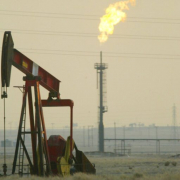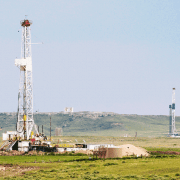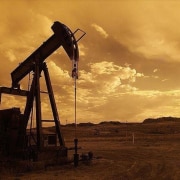As the oil sector deal-making starts to show signs of recovery. Brookfield Renewable Partners will acquire Australia’s Origin Energy utility for over $10 billion. On the other hand, the Permian basin has scored oil and gas deal. It was a sweeping victory with a $1.45-billion asset sale.
On Monday, a consortium led by Brookfield said it had agreed to acquire Origin (OTCPK:OGFGF). It is a whopping $12.4-billion deal including debt.
The deal will render Origin Australia’s biggest energy retailer and integrated power provider. Separately, one of the consortium partners, MidOcean Energy, will own Origin’s gas segment. This includes upstream interests and a hefty stake in Australia Pacific LNG. Origin is eyeing a minimum of $20 billion in new investment over the next ten years. It is for the construction of up to 14 GW of renewable power generation and storage facilities in Australia. Also on Monday, in the Permian basin, Energy Transfer Lp (NYSE:ET) said it would acquire Lotus Midstream pipeline operator in a $1.45-billion deal. Energy Transfer will pay $900 million in cash and the remainder in shares.
The Permian deal saw shares of Energy Transfer gain 1% in premarket trading. But then pared those gains to a slight increase of 0.17% by 10:30 a.m. EST on Monday. Energy sector deals have lagged since the COVID pandemic. It started to show signs of recovery over the past 12 months, with investment in S&P 500-listed oil and gas companies up more than 26% in the past year, according to Forbes, outperforming the rest of the index, which lost 5% in the same time period.
The waning notion of peak oil demand has injected more life into dealmaking in the oil and gas sector, with the International Energy Agency (IEA) now projecting that consumption will not only hit a new high this year but will continue on the upward trend beyond the next decade and a half.
Click here to read the full article
Source: Oil Price
If you have further questions about the topic, feel free to contact us here.










